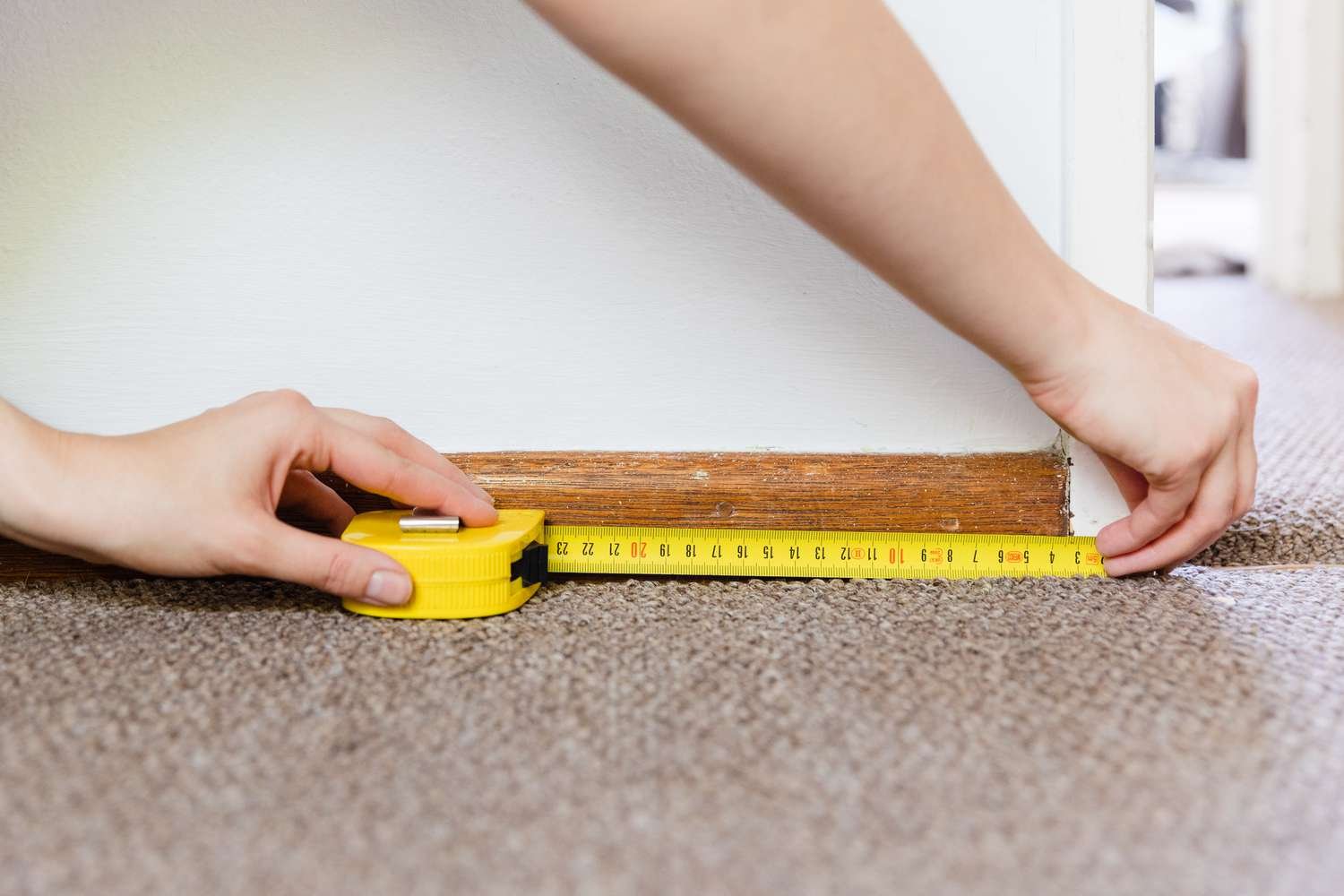
How To Measure For A Carpet
admin
- 0
Measuring for a carpet is an important step when you are looking to purchase new flooring. It’s important to get the right measurements so that you can ensure your desired carpet will fit perfectly in your space. With the right tools and a bit of patience, measuring for a carpet can be made easier and much more accurate. The experts of Home beauty fix can help you with your carpet measuring. In this article, we’ll provide tips on how to measure a carpet while also explaining the importance of taking precise measurements.
Preparing the Room
When preparing a room for new carpet installation, accurate measurements are crucial. It is important to ensure that you measure the room correctly and purchase the correct amount of carpet to avoid any excess or shortage. To begin measuring, start with the length and width of the room. Measure from one wall to another for both dimensions, ensuring accuracy by using a long measuring tape.
Once you have measured both dimensions, multiply them together to get the total square footage of your room. This will give you an estimate of how much carpet material you will need. However, it’s advisable to add 10% extra material in case of errors during installation or future repairs.
In addition to measuring accurately and purchasing enough material, there are other important steps when preparing a room for new carpeting such as removing all furniture from the space and ensuring that any necessary subfloor preparation has been completed before laying down any padding or underlayment. Proper preparation is key to achieving a successful outcome when installing new carpeting in your home or office space.
Understanding Carpet Dimensions
When measuring carpet, it is crucial to consider the dimensions of the room. Begin by measuring the length and width of the room in feet and rounding up any fractions to the nearest inch. For irregularly shaped rooms, divide them into smaller rectangular sections and measure each section separately.
It’s essential to note that carpet manufacturers often sell carpets in a range of standard widths, usually ranging from 12-15 feet wide. Therefore, it would be best if you considered how much carpet you will need to cover your entire floor area before making a purchase.
An additional factor to consider when measuring for carpet is ensuring that you include extra measurements for cutting around corners, allowing for seams or patterns that may require matching up. Be sure to add an additional ten percent on top of your required square footage measurement just in case there are cuts or footprints mistakenly left on your carpeting during installation.
Calculating the Carpet Size
First, measure the length and width of the room where you want to install the carpet. Round off both measurements to the nearest half-foot or half-meter, whichever measurement system you are using. Multiply these two numbers together to get the total square footage or square meterage of your room.
Next, subtract any areas where furniture or other objects will be placed on the floor from your total square footage/meterage. For example, if you have a 5×7 foot area rug under your coffee table that won’t be replaced with new carpeting, subtract 35 square feet from your total area.
Now it’s time to account for any seams in your carpet installation. Most carpet rolls come in standard sizes of 12 feet or 15 feet wide. If your room is wider than this, you’ll need a seam somewhere in the middle of it. To determine how much extra material you need for this seam, add an extra foot (or meter) to each side of the room’s width measurement before multiplying by its length.
Selecting the Appropriate Padding
Once you’ve measured your room, it’s time to select the appropriate padding for your carpet. Carpet padding is an essential part of any flooring installation process as it provides cushioning, insulation and noise reduction properties. There are various types of carpet paddings available in the market, each with its own set of pros and cons.
The most common type is rebond padding, which is made from recycled foam scraps that are bonded together. This type of padding is affordable and durable but may not be suitable for high-traffic areas as it can compress over time. Another option is memory foam padding that contours to your footstep and add extra comfort underfoot. However, this type of pad can be expensive compared to other types.
When selecting the appropriate padding for your carpet, consider factors such as the thickness you desire, foot traffic levels in the room and whether or not you have pets or children who might cause spills or stains on your carpet. A thicker pad will provide more cushioning but may make doors difficult to open and close if they do not have enough clearance beneath them. Similarly, a higher level of foot traffic might require a denser pad to prevent premature wear and tear on both the carpet and its supporting structure.
How to Cut and Install Carpet
Measuring a carpet is an essential step before cutting and installing it. To measure the space, first, determine the length and width of each room you want to cover. You can do this by measuring from one wall to the opposite side of the room. Make sure you measure at the widest point, including any alcoves or nooks.
Next, multiply the length by the width to get your square footage measurement. If you have multiple rooms, repeat this process for each room and add up all your square footage measurements to get your total square footage.
To ensure accuracy when measuring for a carpet installation, always round up to the nearest half-foot measurement. This will give you enough extra material in case there are any irregularities or mistakes during installation.
Conclusion
Once you have the correct measurements for your carpet, getting a perfect fit is crucial. The next step would be to cut the carpet to size and shape it in the right way. Having an ill-fitting carpet can make your room look sloppy and untidy. It is also important to take note of any obstacles such as doorways, vents or floorboards that may need some adjustments when fitting your new carpet.
When cutting the carpet, ensure that you are using sharp tools such as a Stanley knife or a box cutter. This will give you clean edges and reduce fraying around the edges of your newly fitted carpet. Furthermore, when shaping the carpet around any obstacles, it’s important not to overcut or undercut – precision is key.
In conclusion, taking accurate measurements before fitting your new carpets will help achieve a perfectly fitted result. Taking time in shaping and cut the new carpets with precision will eliminate any imperfections during installation which could lead to additional expenses later on down the line.

